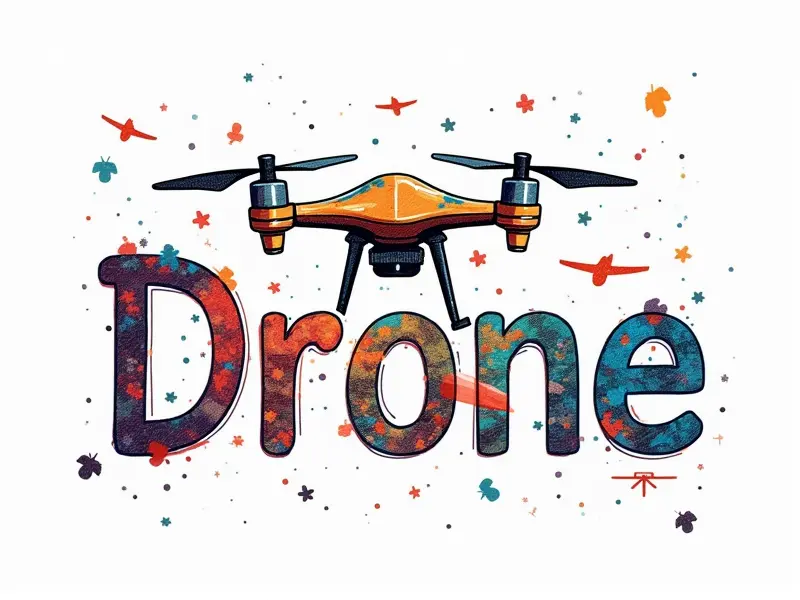RC planes vs model airplanes

Performance Comparison: RC vs Model Planes
When comparing RC (Radio Controlled) planes to traditional model airplanes, the performance differences are quite significant. RC planes offer a level of maneuverability and control that is unmatched by their manual counterparts. With an RC plane, you can perform complex aerobatic maneuvers such as loops, rolls, and inverted flight with ease.
On the other hand, model airplanes require manual operation through a string or rubber band mechanism, which limits their range of motion and speed. This makes them less suitable for advanced flying techniques and more suited to static displays or basic flights in calm conditions.
Cost Analysis: RC Planes VS Model Aircrafts
The cost comparison between RC planes and model airplanes can vary widely depending on the quality, features, and complexity of each. Generally, RC planes tend to be more expensive due to their advanced electronics and control systems. However, they offer better value for money in terms of performance and longevity.
- RC Planes: Prices range from $50 to several thousand dollars depending on the brand, size, and features.
- Model Aircrafts: Typically cheaper ranging from $10 to a few hundred dollars for high-quality wooden models.
Beginner's Guide to RC vs Model Planes
Choosing between an RC plane or model airplane as a beginner can be daunting. For those new to the hobby, starting with a simple model airplane is often recommended due to its ease of use and lower learning curve.
- Model Airplanes: Ideal for beginners who want to understand basic aerodynamics without dealing with complex electronics.
- RC Planes: Suitable for those willing to invest time in learning radio control systems and advanced flying techniques.
Best Uses for RC and Traditional Airplanes
The choice between an RC plane and a traditional model airplane depends on the intended use. RC planes are best suited for enthusiasts who enjoy dynamic flight experiences, while wooden models are perfect for collectors or those interested in static displays.
- RC Planes: Suitable for aerobatics, racing, and advanced flying techniques.
- Model Airplanes: Ideal for display purposes, educational projects, and basic flight demonstrations.
Upgrading from Model to RC Aircrafts
Moving from a model airplane to an RC plane can be an exciting step in your hobby journey. Upgrading requires acquiring new equipment such as transmitters, receivers, servos, and batteries. It also involves learning how to program the radio control system for optimal performance.
Control Systems Explained: RC vs Manual Models
The control systems used in RC planes versus manual models are fundamentally different:
- RC Planes: Utilize a transmitter and receiver to send commands wirelessly, allowing for precise control over the aircraft's movements.
- Manual Models: Operate through mechanical means like strings or rubber bands, requiring physical manipulation by the user.
Durability: RC Planes vs Wooden Models
In terms of durability, RC planes often outperform wooden models due to their construction materials and design. Many modern RC planes are made from lightweight but sturdy composite materials that can withstand crashes and rough handling better than traditional wood.
- RC Planes: Built with durable plastics and composites for resilience against impacts.
- Wooden Models: Crafted from high-quality balsa wood, offering a classic aesthetic but requiring careful maintenance to prevent damage.
Advantages of Flying RC Planes Today
Flying RC planes today offers several advantages over traditional model airplanes:
- Advanced Technology: Modern RC planes incorporate cutting-edge technology like GPS, autopilot systems, and telemetry.
- Broad Community Support: A large community of enthusiasts provides resources, tutorials, and support for newcomers.
Essential Tips for Switching from Models to RC
If you're considering switching from model airplanes to RC planes, here are some essential tips:
- Start Small: Begin with a basic trainer plane to get accustomed to radio control systems.
- Practice Regularly: Consistent practice is key to mastering the nuances of flying RC planes.
Future of RC Planes in the Hobby Market
The future looks bright for RC planes as advancements in technology continue to drive innovation. Features such as autonomous flight, improved battery life, and enhanced aerodynamics will further cement their place in the hobby market.
RC Plane Features That Set Them Apart
Several features distinguish RC planes from traditional models:
- Wireless Control: Allows for remote operation over long distances.
- Aerobatic Capabilities: Enables complex maneuvers that are impossible with manual control systems.
Conclusion
In conclusion, both RC planes and model airplanes offer unique advantages to hobbyists. While RC planes provide superior performance and technological sophistication, traditional models remain appealing for their simplicity and aesthetic appeal. Whether you're a beginner or an experienced flyer, choosing the right type of aircraft depends on your specific interests and goals within the hobby.

